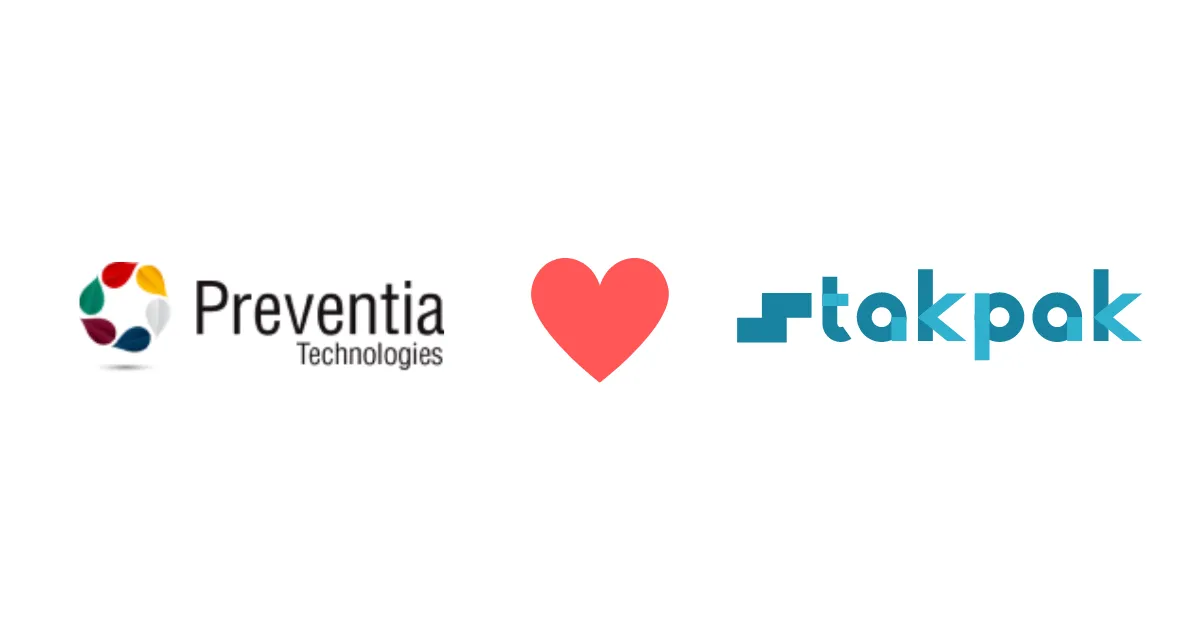As the demand for Preventia’s services increased it had to scale its infrastructure. Their Platform as a Service (PaaS) had inflated cloud costs, limited ability to integrate new technologies, and subpar monitoring capabilities. But Preventia’s tech team was able to significantly reduce their cloud expenses by 41% and quickly scale up their services using Stakpak, achieving these results in just 10 days.
About Preventia Technologies
Prevention Technologies is a health tech company that seeks to develop the world’s most autonomous medical assistant to save 100 million lives. The company was founded in late 2018 and currently growing beyond 30 employees.
We interviewed Maged Shalaby Preventia’s Head of Product & Engineering for this case study. https://www.linkedin.com/in/magedshalaby/
Challenges
Some of the challenges Preventia faced:
- Inflated cloud costs: “We had limited ability to scale up without inflating PaaS costs”
- Difficulty integrating new technologies: “We tried to integrate services like Datadog, but found it to be difficult due to the limitations of our PaaS provider. The compute and memory presets are not customizable enough to meet the demand of some of our workloads e.g. Elasticsearch.”
- Limited monitoring: “Logging capabilities were very limited, developers had no motivation to write better logs to improve engineering because they couldn’t make use of them anyway.”
Trying to fit in a PaaS
How Stakpak helped
We migrated to AWS with Stakpak in 10 days. I didn’t expect it to be this quick, especially since we made a few major changes while migrating like adding Rabbitmq, making some on-the-fly code changes, and moving production data to RDS.
Dynamic configuration generation is magic
It took 2 developers (one almost dedicated to the project and another contributing with less than 50% capacity) and some help from the Stakpak team to migrate everything to AWS before our annual PaaS renewal.
Interested in seeing Stakpak and its open-source tool DevX in action? check out this 58-second demo
Implementation challenges
When asked about the challenges the team faced while adopting Stakpak:
It took a bit of time to figure out the tool’s workflow because the information was not immediately available, but when I reached out to the Stakpak team things worked out great!
Maged also added that he’d like to spend more time learning how configuration generation works, and how the high-level abstractions get transformed. “It would be great to learn all the details about what happens behind the scene.”
Results
Reducing cognitive overload:
It’s now possible to scale up and down using a couple of configuration lines to experiment with different loads & system optimizations and it’s a 100 times easier than using AWS without Stakpak.
Securing patient data: Preventia cares a lot about the security and privacy of its patients. The team expected implementing AWS security best practices to be a chore, but they got secure configurations out of the box, Maged was especially excited about how easy it was to force traffic over TLS.
Optimizing cloud spending: Preventia cut its cloud costs by 41%, out of which 66% was from a reduction in AWS’s cloud bill. This left more room in the budget to leverage managed services like Amazon MQ for RabbitMQ.
Future plans
We asked Preventia what they’re up to the following couple of months
We now want to work on improving our data infrastructure by building a data warehouse using technologies like Redshift, which was not previously possible on our old PaaS.
Recommendations
Maged recommends Stakpak to businesses just starting out and to those considering scaling their cloud infrastructure.
3–4 years ago when we started with a single docker-compose file, I would have preferred to use Stakpak, because even if we implemented our infrastructure ourselves I think we would have needed this (Stakpak) further down the line anyway.
Maged also recommends assigning 1–2 engineers to help migrate your infrastructure with Stakpak.
Conclusion
Preventia faced several challenges with its existing cloud platform, including high costs and difficulty integrating new technologies. They turned to Stakpak for help and were able to migrate to AWS in just 10 days. The migration resulted in a 41% reduction in cloud expenses and made it much easier to scale and experiment with different configurations. Additionally, Preventia was able to maintain control over its patient data and implement AWS security best practices without breaking a sweat.
Maged highly recommends Stakpak to businesses just starting out and to those considering scaling their cloud infrastructure. He also recommends assigning 1–2 engineers to help migrate your infrastructure with Stakpak, citing that it would have been beneficial for Preventia when they started out 3–4 years ago. Overall, the migration to AWS with Stakpak has been a success for Preventia and has allowed them to improve their engineering efforts and reduce costs.
P.S: Preventia Technologies is hiring Junior/Senior Software Engineers who are looking to make a huge impact in potentially millions of lives.
You can reach out to Maged here.
Got your interest!
If you would like to know more about our free tool DevX and Stakpak check the links below, or reach out to us at contact@stakpak.dev
We also provide Platform Engineering and DevSecOps consulting services.
Don’t forget to ⭐️ our repo on GitHub.
Links
Linkedin page https://www.linkedin.com/company/dvpzla
DevX docs https://devx.stakpak.dev/
Stakpak https://www.stakpak.dev/
DevX repo https://github.com/devopzilla/guku-devx

